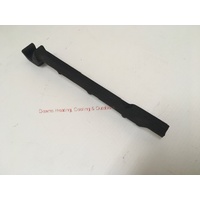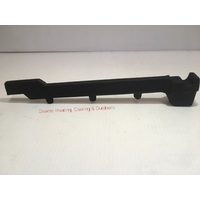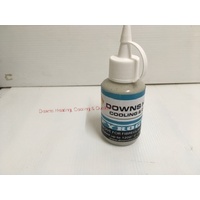Wood Heater Installation
When installing wood heaters various factors need to be taken into consideration, here we will deal with some of the common questions we are asked.
- Why do I need a hearth or floor protector:
Wood heaters have various ways of projecting their heat, depending on the make, model and type of heater. Very hot temperatures can come from the heater via the heater itself, the body of the heater, underneath, tops, sides, back, front and flues.
All of the wood heaters we sell have minimum hearth sizes published by the manufacturers. We generally sell 2 size hearths (floor protector) which will suit the majority of the heaters in our store, these being 1000mm x 1000mm or 1200mm x 1200mm.
Having additional hearth space around your wood heater makes for easier cleaning, gives a convenient place to put your fire tools and in our experience tends to confine the spread of wood/ash to a limited area.
Safety around any heating appliance is extremely important, Australia has standards for Domestic solid fuel burning appliances - installation (AS/NZS 2918:2001) - these standards must be followed for a safe wood heater installation.
- Flues & Flueing - Inner or active flues
Each wood heating appliance requires it's own flue, the flue allows smoke, unburnt gasses and particles from your wood heater to travel outside of your home, not indoors or trapped in the ceiling cavity.
Diameters of inner/active flue pipes are determined by the manufacturer of the heater and must not be altered, this provides a balanced flue draft when the appliance is operated as per the manufacturers instructions.
When fitting flue pipes together all pieces should be push fitted together with the upper section entering the lower section, and each section fastened together at 3 evenly spaced intervals. We use stainless steel or mono rivets, this stops the pipes being separated which they can easily do particularly at flue cleaning time and helps to maintain flue stability. Flue cleaning on a regular basis is a great way to keep your flue clean, check the integrity of the flue and should form part of your annual maintenance - you do maintain your wood heater - don't you!
- Flues & Flueing - Pipe casings or outer flues
Flueing beyond walls or ceiling penetrations need to be double cased generally and extend outside the building. It is for this reason that we sell triple flue kits standard with our wood heaters and not the common cheaper double flue kits. In layman terms a triple flue (also known as double cased) flue has an active inner pipe (usually stainless steel), an outer flue casing (galvanised) and yet another larger outer casing (again galvanised). For example a 6 triple (or double cased) might have a 6 inch inner, an 8 inch outer and a 10inch outer - see what I mean - triple meaning 3 flues altogether or double meaning 2 outer casings and 1 inner
- How far does my flue pipe need to come out of my roof
Flue pipes must be no less than 4.6m above the top of the floor protector (hearth)
How far your flue pipe must extend out of your roof depends upon
a) the minimum height of a flue system within 3m from the highest point of the roof shall be 600mm above that point
b) the minimum height of a flue system further than 3m from the highest point of the roof shall be 1000mm above roof penetrations
- What is a downdraft and why does smoke come back down my chimney
A downdraft is where products of combustion (smoke, unburnt gasses or particles) enter the home instead of being exhausted outside. Sometimes even with a correct and proper wood installation a downdraft can still happen.
Common causes of this include
negative air pressures within the home which may be caused by air exhaust systems, air conditioning systems and windows away from the wind direction
termination of the flue in a high pressure zone such as on the downstream side of airflow obstruction ie hills, trees, parts of buildings either where the appliance is installed or adjacent
homes which are too airtight not providing enough combustion air for the heater
wind direction at the time
- How can I stop smoke coming back down the flue
Most often the cause of smoke coming back through the flue is downdraft, other reasons may be fitting the wrong size flue to the heater, during reloading of the fire box, opening of the heater door too quickly causing a vortex of air into the fire chamber - these are usually not continuously bothersome.
If downdraft occurs other than on an intermittent basis then some of these ideas may be of help
Extend the flue system into an unrestricted airflow space not hampered by hills, trees, parts of buildings either where the appliance is installed or adjacent to
Provide further airflow into air tight homes allowing for an additional combustion source
removing any sources of the homes negative air pressure
fitting the flue with an anti downdraft cowl (our flue kits come standard with this)
making sure the right size flue system is fitted for the heater make and model
These comments are intended as a general guide only, not specific installation advice. Please check with your licensed wood heater installer/retailer or manufacturer.






